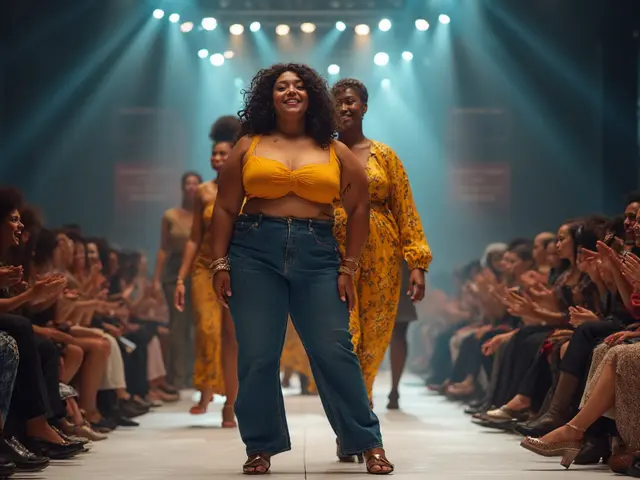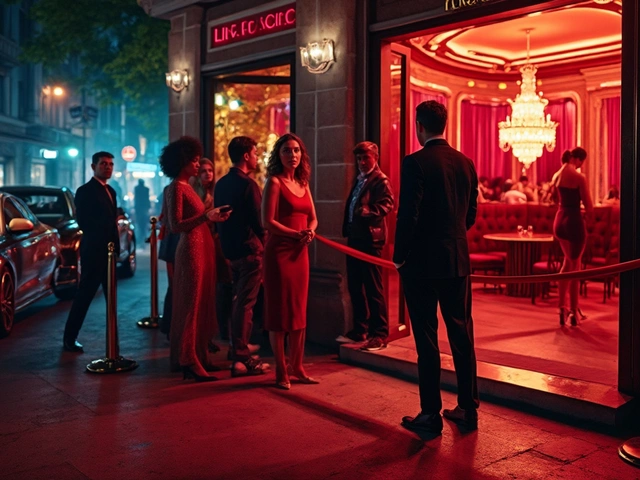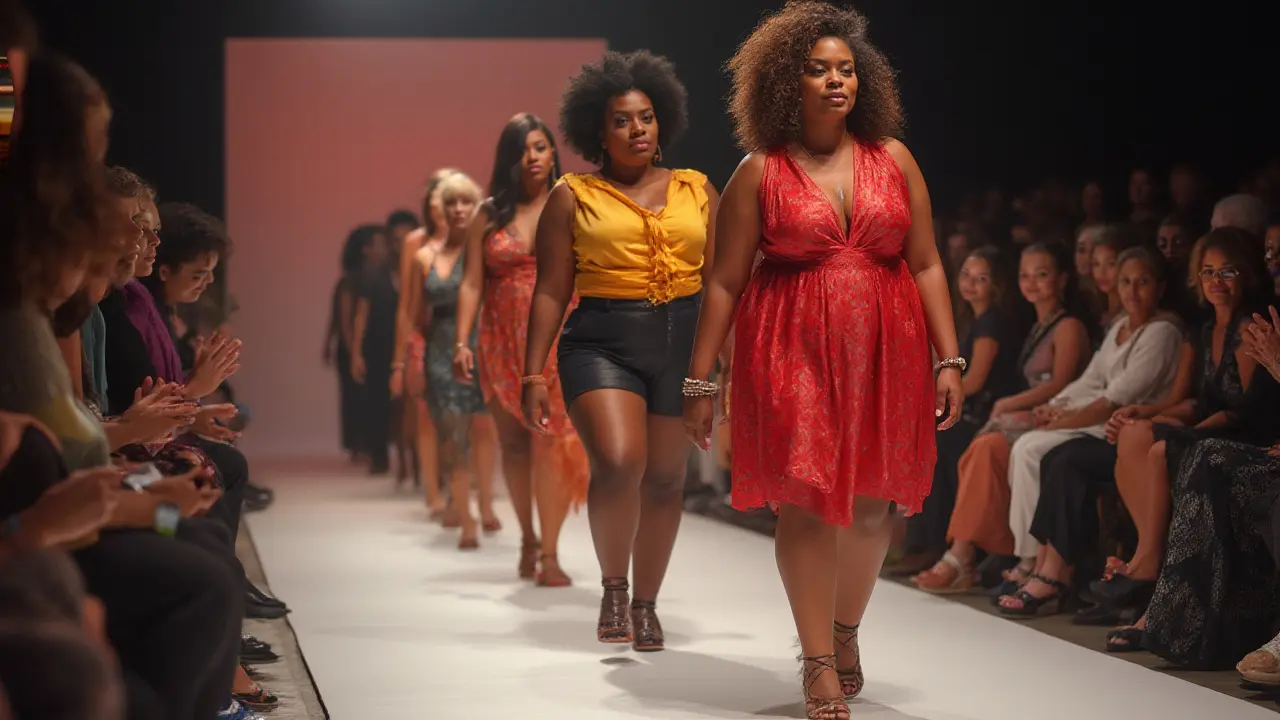
Picture this: a crowded Milan fashion week runway. Cameras flash nonstop, but instead of stick-thin silhouettes that used to rule the catwalk, a model with bold curves glides down. Audiences cheer. Industry insiders can’t help but whisper—has the ideal body in fashion finally changed?
The Evolution of Body Diversity in Fashion
Fashion brands weren’t always open to showcasing curvy models. Rewind to the 1990s or even early 2000s, and you’d see a relentless parade of super-thin figures—think Kate Moss or Gisele Bündchen—dominating ad campaigns and covers. Body standards were strict: size zero was the only option for runway models, no matter whose confidence took a hit.
Things shifted big time in the late 2010s. Social media made it easy for real users to share honest thoughts about beauty standards. Movements like #EffYourBeautyStandards, started by plus-size model Tess Holliday, exploded online. Suddenly, big brands—Calvin Klein, Tommy Hilfiger, even Victoria’s Secret—began facing loud criticism for failing to show size diversity. And let’s be real, clothing companies realized they were ignoring a huge part of their audience. For reference, a Statista 2024 survey shows that in the US alone, the average female clothing size is now between 16 and 18. Ignoring curvy consumers just wasn’t good business.
By 2022, plus-size models and influencers were making headlines. Ashley Graham, arguably the most famous curvy model, landed the cover of Sports Illustrated’s swimsuit edition—something few believed possible a decade ago. But she’s not alone. Paloma Elsesser, Precious Lee, and Tara Lynn have all walked major runways and landed campaign deals, giving a real face to changing beauty norms.
For many people, this shift is personal. It’s not just about representation; it’s about seeing yourself and your body celebrated, not hidden away. Young people now grow up seeing fashion campaigns that look a lot more like real life and less like fantasy, and it’s making a difference in self-image and mental health, studies show.
Breaking Down Barriers: Challenges Curvy Models Still Face
The progress is impossible to ignore, but it’s not all rosy for curvy models. Designers who embrace body diversity sometimes only go so far. You’ll see 1-2 plus-size models in a show, but the rest stick to the old standard. Sizing is another headache—many brands that use curvy models still only sell limited plus options, or the fits aren’t tailored right.
Pay gaps are another ugly truth. According to a 2023 Model Alliance survey, plus-size models in the US earn about 35% less on average than their straight-size peers. Even when they book major jobs, curvy models often face restrictive contracts: they might get asked to lose weight, or have their images Photoshopped. There’s also a lack of representation at the management level—very few talent agencies have plus-size scouts or dedicated plus-size divisions, which limits how far the movement can go.
Then there’s the online world. Trolls can be brutal, and many curvy models report facing body shaming and harassment on social platforms. But with millions of supportive followers, many build loyal fanbases that drown out the negativity.
What about men? The spotlight is mostly on women, but male curvy models exist too—just in smaller numbers. Brands are only starting to wake up to the business potential of a “big and tall” segment.
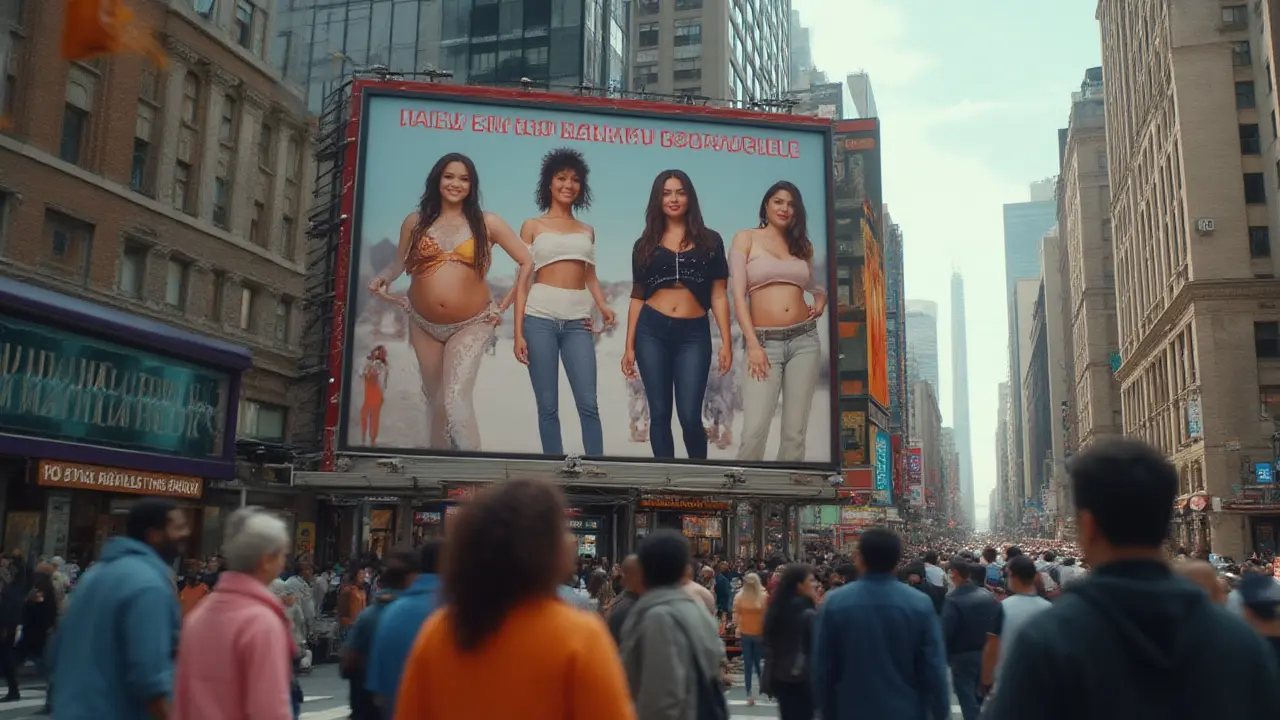
How Brands and Media Are Embracing Curvy Models
The proof is everywhere—billboards, Netflix series, Instagram stories. Major brands from ASOS to Savage X Fenty are featuring curvy models front and center, and it’s not just a passing trend. Rihanna’s Savage X Fenty is a great example; she didn’t just add plus sizes—she had models of all shapes and races dancing side by side, and people loved it.
Even the glossy fashion magazines are getting bolder. Vogue’s 2023 “All Shapes, All Sizes” edition featured top curvy models sharing their experiences, and sales for that issue skyrocketed. TV and movies are catching up too; new shows on streaming platforms feature curvier main characters without making their size the entire plot.
On the commercial side, retailers are learning fast that inclusive marketing equals more sales. Old Navy, for example, expanded their size range in every store. In their annual report, they linked inclusive imagery and more diverse models with a sales bump of over 20% between 2022 and 2024. Plus-size clothing lines by brands like Reformation and Good American are also seeing profits soar—proof that body diversity isn’t just ethical, it pays.
Tips for Aspiring Curvy Models
Thinking about getting into modeling yourself? Here’s where to start: build a portfolio that highlights your personality, not just your size. Agencies want to see confidence, versatility, and a sense of style. Photographs should show you in everything from casual wear to high fashion. Make sure your images haven’t been heavily filtered—you want your natural look to shine through.
Networking is key. Set up social media pages devoted to modeling, and use hashtags like #curvymodel or #plussizemodel to reach scouts. Don’t be afraid to DM agencies directly—lots of scouts now find talent through Instagram.
When choosing an agency, make sure they have real experience representing curvy talent. Some agencies specialize in inclusive modeling and already work with brands who seek out curvy models for campaigns. Always ask about rates, contract clauses, and what sizes they actually cast.
If you do book work, speak honestly about wardrobe fit. Many stylists still don’t get it right, so don’t feel shy about giving input. You’re the best judge of what makes you look and feel natural and incredible.
Resilience is a must. You might face rejection or comments about your body—everyone does, unfortunately. Stay connected with supportive friends and fellow models, and remember why you started. People want to see your confidence and authenticity much more than physical perfection.
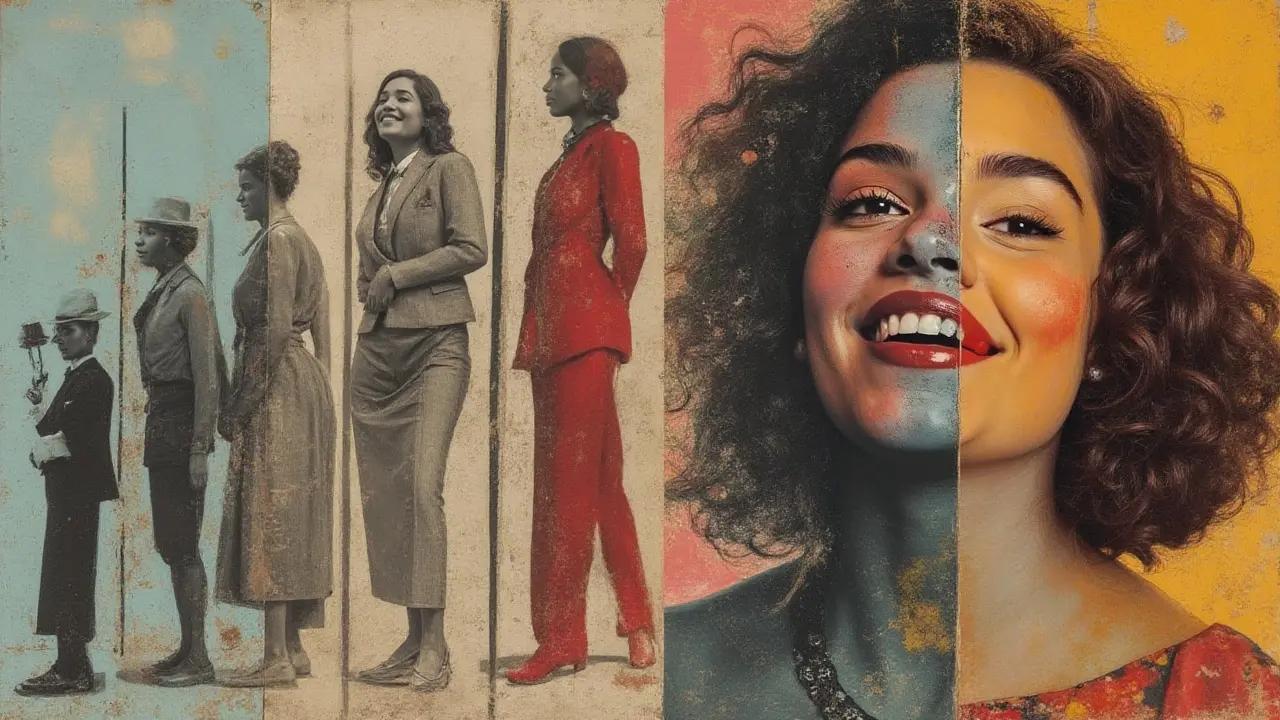
The Future of Diversity: What Comes Next?
This new wave of body positivity isn’t showing signs of fizzling out. Many fashion insiders predict that diversity will only grow—meaning size, but also race, age, gender, and physical ability. TikTok, in particular, is full of users celebrating “fit check” videos from folks who would’ve never been featured on magazine covers ten years ago.
Brands are already experimenting with 3D body scanning so they can create clothes that fit a wider range of shapes. Data from retail analytics giant Edited shows that from 2022 to 2025, the number of plus-size SKUs (stock-keeping units) has increased by 33% among leading European brands. Campaigns are highlighting not just curvy women, but also LGBTQ+ models and those with disabilities—because diversity means everyone gets a seat at the table.
What’s next? There’s talk about AI-powered size-custom apps, where shoppers can virtually try on items to see what they’d look like in real life. Some brands are even letting customers vote on which models to feature in their social feeds, closing the gap between what buyers want and what the industry delivers.
| Year | Percentage of Top Fashion Campaigns With Curvy Models |
|---|---|
| 2010 | 4% |
| 2015 | 13% |
| 2020 | 25% |
| 2024 | 39% |
Fashion’s doors have opened wider than before, and it’s about time. If you’ve ever felt left out or invisible because you didn’t fit an outdated mold, things are finally changing. The spotlight is moving for good—and there’s plenty of room for every shape to walk the runway, shine on covers, and inspire the next generation.


